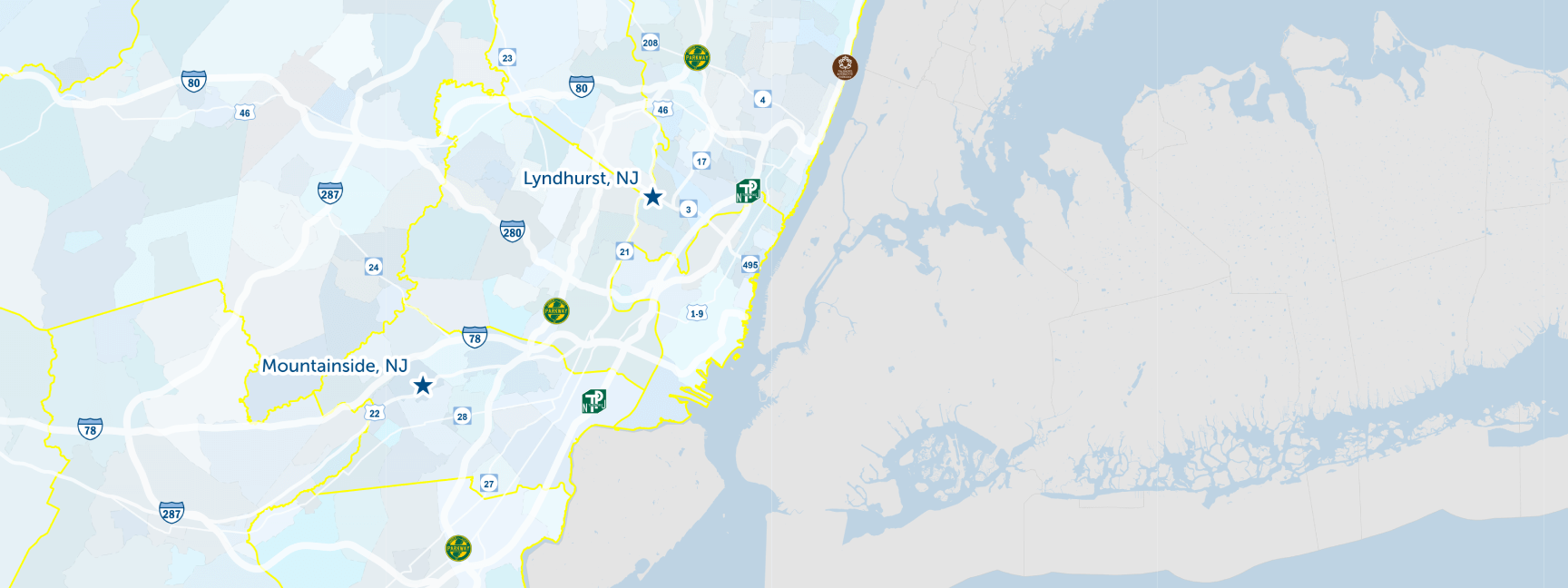
Over the past few months, legislation designed to address New Jersey’s Fourth Round affordable housing cycle has been making its way through the Legislature and was passed in the Assembly on February 12, 2024. On March 20, 2024, Governor Phil Murphy signed into law Bill A4/S50 which passed the Legislature as well as other pieces of affordable housing legislation. The new legislation substantially revises the Fair Housing Act governing housing for low-income and moderate-income familiars in New Jersey.
The new law is intended to streamline compliance and reduce the delays for the construction of new affordable housing, and to provide municipalities and developers with more certainty to enable smarter planning for the location of affordable housing. In addition, the new legislation provides aggressive deadlines which each municipality must comply with to obtain immunity. Notable changes are described below:
COAH is Abolished
COAH failed to function in addressing affordable housing in the state and its functions have been replaced within the Department of Community Affairs (DCA). New Affordable Housing Dispute Resolution and the appointment of designated judges to resolve disputes and determine municipal compliance. Noted as “the program” within the Legislature, it will consist of current or retired judges and other qualified experts. The Administrative Director of the Courts will be tasked with establishing procedures for the purpose of efficiently resolving disputes. The Chief Justice will also designate a Superior Court judge in each of the 15 court districts to serve as a county level housing judge to resolve the disputes over the compliance of fair share plans and housing elements as well as disputes that arise with ongoing compliance.
Calculation of Affordable Housing Obligations
The DCA is charged with conducting a calculation of regional need, and present and prospective municipal obligations.
- Regional prospective need will first be ascertained by determining household changes in the two most recent censuses, and the household change will be divided by 2.5 to estimate the number of low- and moderate-income homes needed in each region.
- Each municipality’s present need obligation will then be determined by estimating the existing deficient housing units currently occupied by low-and moderate-income households within the municipality.
- A municipality’s prospective fair share obligation will then be determined using data published by the DCA Division of Local Government Services. For the upcoming fourth round, the data will use the beginning of the gap period in 1999.
- The fair share obligation will also consider a municipality’s land capacity factor, as well as the planning area classification for the municipality under the State Plan.
- Municipalities are not required to provide affordable housing exceeding 1,000 housing units or 20% of the total number of households, whichever is less.
Key Dates
The DCA is required to provide a report on the calculations for regional need and municipal obligations within 7 months of the adopt of the new law. The new law was adopted in March 2024 and municipalities can expect their obligations to be determined by October 2024.
Any previous immunity a municipality obtained from exclusionary zoning litigation no longer exists.
The only way for a municipality to obtain immunity from exclusionary zoning litigation is by meeting the following deadlines:
- January 31, 2025 – The municipality must determine its present and prospective need by binding resolution.
- The municipality must file the resolution within 48 hours on the website of the municipality and the Dispute Resolution Programs.
- Challenges may be filed by interested parties on or before February 28, 2025.
- June 30, 2025 – The Municipality must adopt its housing element and fair share plan.
- The municipality must file the resolution within 48 hours on the website of the municipality and the Dispute Resolution Programs.
- Challenges may be filed by interested parties on or before August 31, 2025.
- March 15, 2026 – Implementing ordinances and resolutions must be adopted.
Immunity from exclusionary zoning litigation will be accomplished if a municipality complies with all the deadlines. The municipalities may obtain grace periods for delays due to circumstances beyond the control of the municipality. These grace periods will be determined on a case-by-case basis by the county level housing judge.
Final Thoughts
Neglia Group’s planning department can assist if a challenge is filed, and can help explain bonus credits and incentives. The ultimate goal is to address the housing of families as 50% of the municipal obligation must be addressed with housing for families with children.
In closing, the new law targets areas for redevelopment and requires municipalities with vacant land adjustments to identify sufficient parcels that are likely to redevelop to address at least 25% of the prospective need and must adopt zoning to allow this. If a municipality is unable to do so they must demonstrate why it is not achievable.
Contact Neglia Group today for more information and to learn how we can assist!
